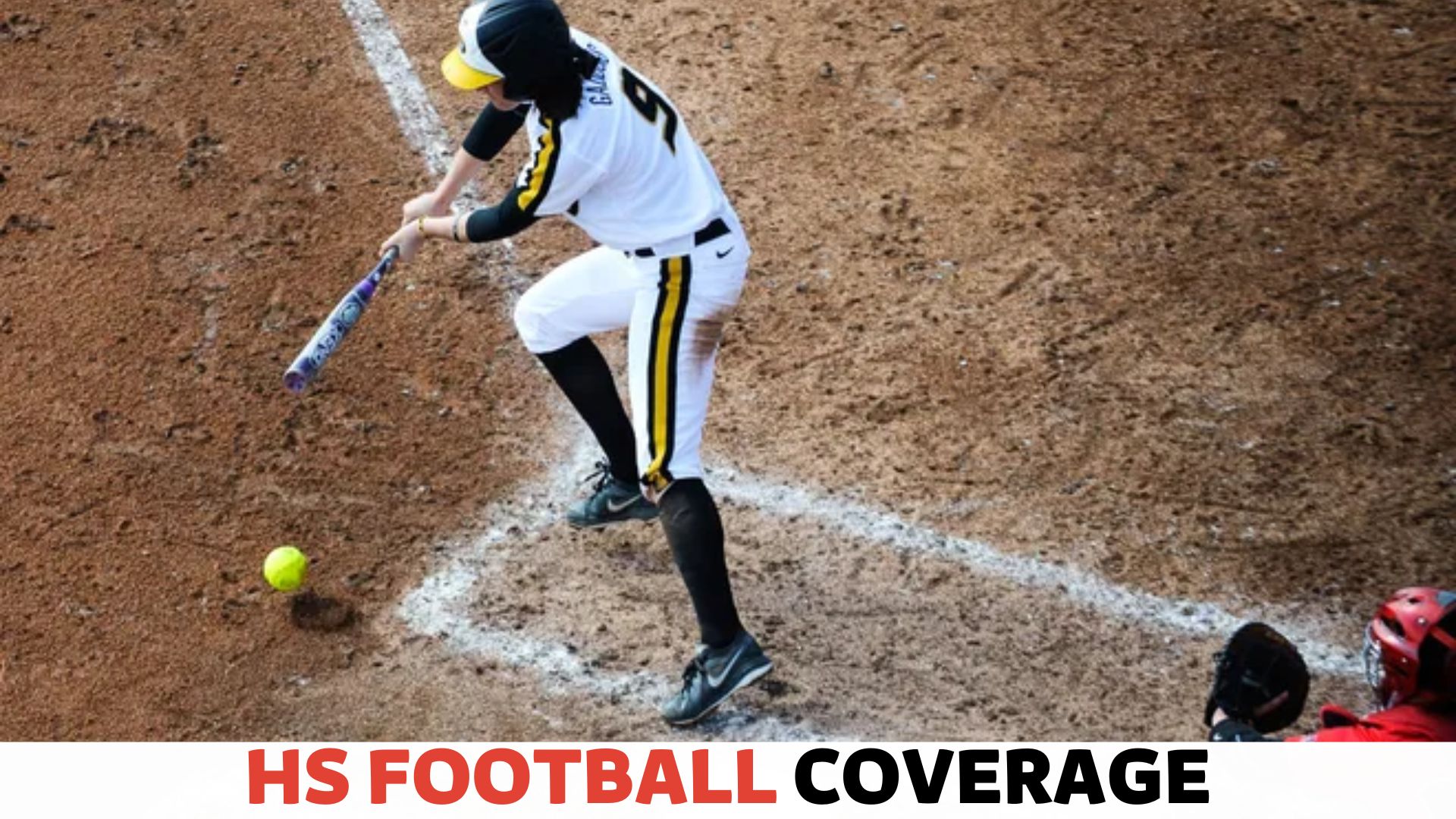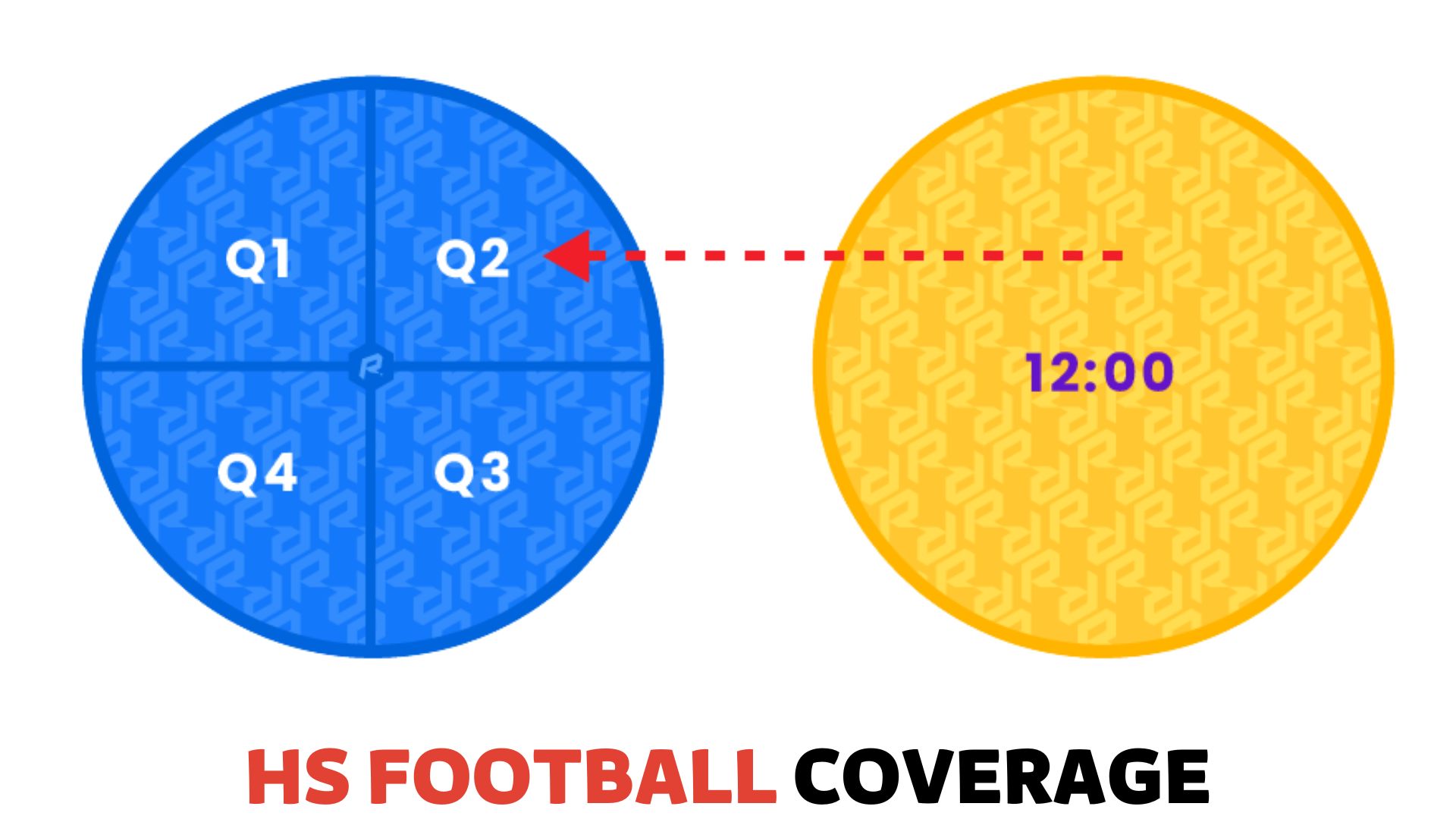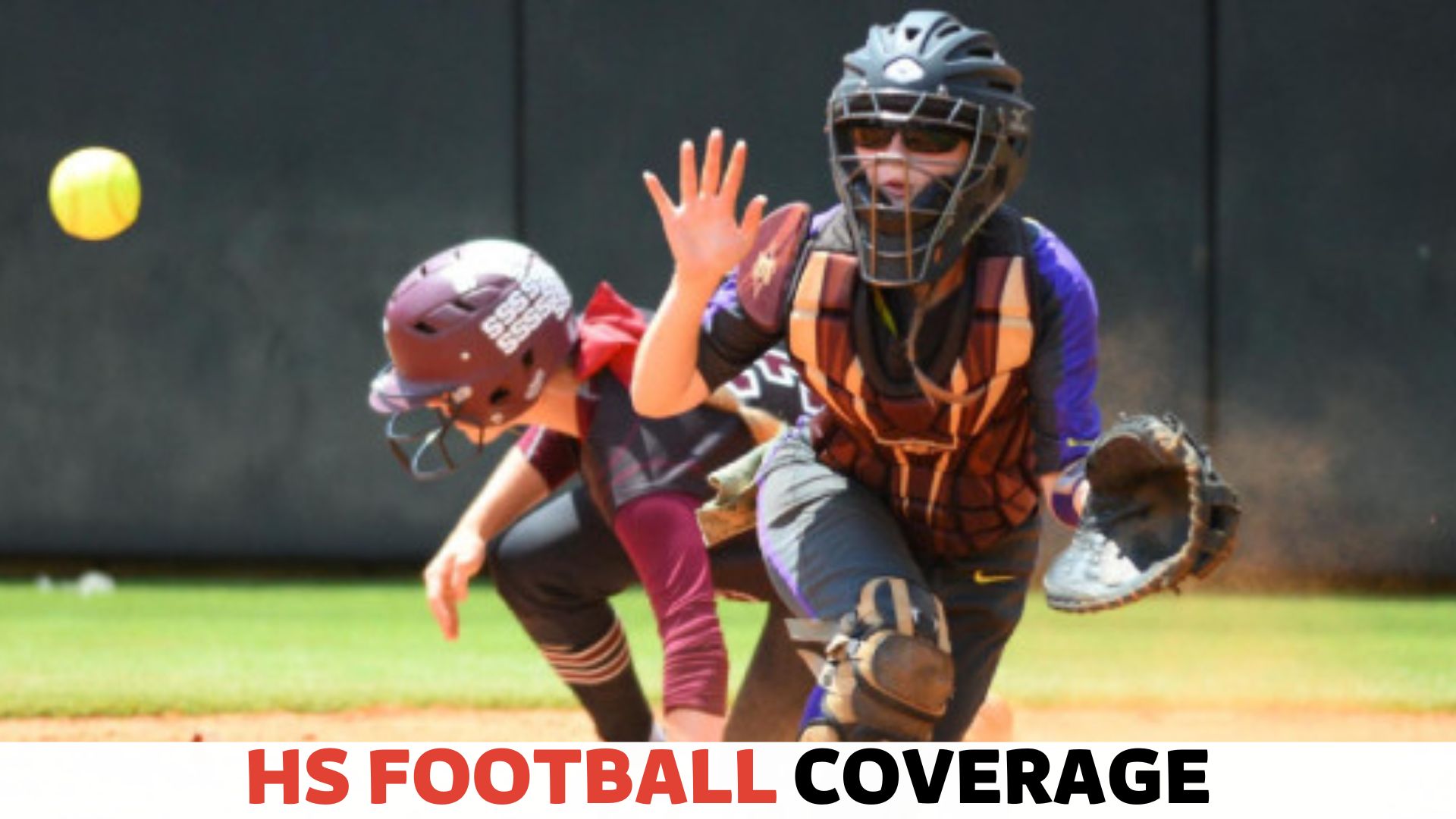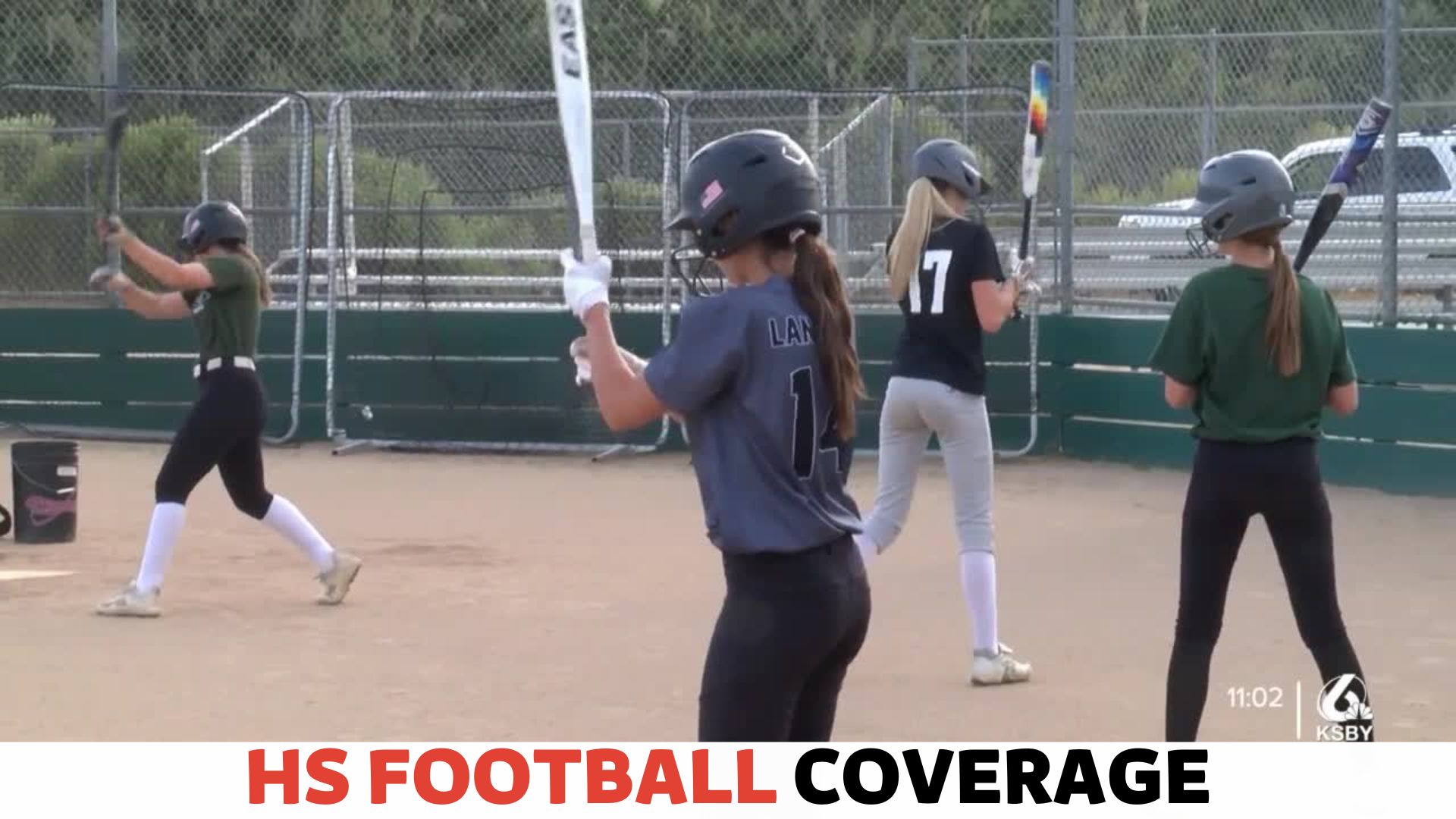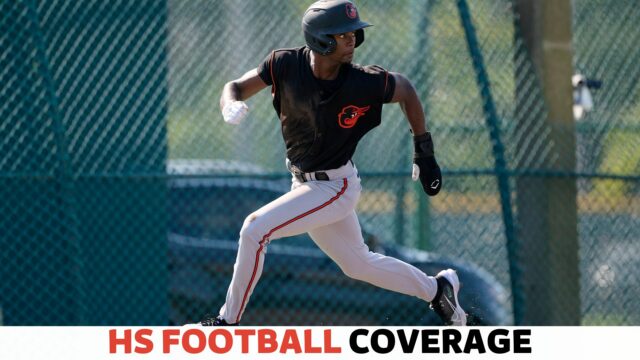
Yes, baseball players can be drafted directly out of high school.
The Importance of High School Baseball for Draft Prospects
High school baseball is a crucial stepping stone for aspiring athletes seeking a career in professional baseball. It provides an opportunity for players to refine their skills and gain valuable experience and plays a significant role in their potential for being drafted.
In this article, we will explore how high school baseball impacts a player’s draft potential, their performance during this time, and the importance of balancing academics and the sport.
High School Baseball as a Stepping Stone to the Pros
For young baseball players dreaming of making it to the big leagues, high school is a critical period for development and exposure. This is where players can showcase their abilities and catch the attention of talent scouts and college recruiters.
High school baseball provides the platform for athletes to demonstrate their skills, adaptability, and potential to progress to the next level.
During this time, players are exposed to the competitive environment of interscholastic play, where they can learn teamwork, discipline, and sportsmanship.
They can face diverse opponents and refine their game through practice and experience. High school baseball offers a transition from recreational leagues to a more serious commitment to the sport, enabling players to demonstrate their dedication.
The Impact of High School Performance on Draft Potential
Regarding the MLB draft, a player’s performance in high school can significantly influence their draft potential. Scouts and talent evaluators closely monitor players during high school to identify those who display exceptional skills, potential, and consistent performance.
The stats accumulated, such as batting average, on-base percentage, earned run average, and defensive prowess, play a crucial role in showcasing a player’s abilities to professional teams.
In addition to statistical performance, other factors considered include the player’s physical attributes, such as speed, arm strength, agility, and intangibles like work ethic, leadership qualities, and in-game decision-making abilities.
Scouts are looking for individuals with a combination of skill, potential, and character that could translate into success at the next level.
Balancing Academics and Baseball, Ensuring Each
While high school baseball provides immense opportunities, it is equally important for young athletes to balance academics and the sport. Student-athletes must recognize the significance of education and maintain their academic performance alongside their baseball pursuits.
Colleges and professional teams value players who demonstrate a commitment to both their studies and the game of baseball. Academic achievements display discipline, time management skills, and the ability to handle responsibilities effectively.
Exceptional performance in the classroom can enhance a player’s overall profile, making them more desirable to college recruiters and increasing their chances of securing scholarships.
Aspiring baseball players must understand that education should not take a backseat to their athletic endeavors. By prioritizing their academics and baseball training, players can expand their options, paving the way for a successful future, whether that includes a college career and a chance to be drafted or pursuing other paths beyond baseball.
Evaluating High School Baseball Talent for the Draft

Regarding the Major League Baseball (MLB) draft, high school baseball players are often seen as untapped potential. Many talented players can get drafted straight out of high school, bypassing college baseball to begin their professional careers.
But how do MLB teams evaluate the talent of these young athletes and determine their potential at the next level? In this article, we will explore the key metrics and skills that scouts look for in high school players, the role of showcases and tournaments in gaining exposure, and how teams project a player’s potential at the next level.
Key Metrics and Skills Scouts Look for in High School Players
When evaluating high school baseball talent, scouts have a keen eye for certain key metrics and skills that can indicate a player’s potential to succeed in professional baseball. Here are some of the factors that scouts heavily consider:
- Physical attributes: Scouts assess height, weight, and body composition to determine a player’s physical abilities. A strong build, athleticism, and agility are highly valued in baseball.
- Arm strength: A player’s throwing velocity is an important metric that scouts gauge to evaluate defensive capabilities. A strong and accurate throwing arm is essential for infielders and outfielders alike.
- Hitting ability: Scouts analyze a player’s swing mechanics, bat speed, and ability to make consistent contact. Power, bat control, and pitch recognition are all considered when assessing a player’s potential impact at the plate.
- Speed: A player’s speed can be a major asset in offense and defense. Scouts take note of a player’s sprint speed, base-running instincts, and ability to cover ground in the outfield or steal bases.
- Fielding skills: Defensive abilities, including footwork, range, and glove work, are closely evaluated by scouts. The ability to make difficult plays, turn double plays, and read the ball off the bat is crucial for players in the infield.
- Baseball IQ: Many scouts also assess a player’s baseball intelligence, including their understanding of the game, ability to make quick decisions on the field, and overall instincts. These intangibles can greatly impact a player’s potential to excel at higher levels.
The Role of Showcases and Tournaments in Gaining Exposure
Showcases and tournaments significantly provide high school baseball players with exposure to college recruiters and MLB scouts. These events allow players to display their skills and abilities in a competitive setting, increasing their chances of being noticed by talent evaluators.
Here’s how showcases and tournaments contribute to the evaluation process:
- Higher level of competition: Showcases and tournaments often bring together top high school baseball talent nationwide. Facing strong competition allows players to showcase their abilities against the best and provides scouts with a better gauge of their skills.
- Scout attendance: Showcases and tournaments attract scouts and college recruiters seeking new talent. Having a concentrated group of talent evaluators in one place increases the likelihood of players being noticed and scouted.
- Evaluation opportunities: During showcases and tournaments, players have opportunities to participate in drills, take part in games, and showcase their skills in front of scouts. This provides a comprehensive evaluation process beyond just a player’s high school games.
- Networking: Showcases and tournaments allow players to network with coaches, scouts, and other players, which can lead to valuable connections in the baseball world. Networking can open doors for future opportunities, such as college scholarships or invitations to MLB workouts.
How Teams Project a Player’s Potential At the Next Level
Projecting a player’s potential at the next level is a complex task for MLB teams. While assessing high school players, teams consider various factors to determine whether a player has what it takes to succeed in professional baseball:
- Scouting reports: Scouts provide detailed reports on a player’s performance, skills, and potential upside. These reports are crucial in building a player’s profile and help teams make informed decisions.
- Player development: Teams consider a player’s potential for improvement and growth. This includes evaluating their work ethic, coachability, and willingness to make the necessary effort to reach their full potential.
- Comparable players: Teams often compare high school prospects to current or former MLB players with similar attributes and playing styles. These comparisons help project how a player may develop and perform at the professional level.
- Analytics: With the growing influence of analytics in baseball, teams utilize advanced metrics and statistical analysis to project a player’s potential. Factors such as exit velocity, launch angle, and defensive metrics are increasingly important in player evaluation.
In conclusion, evaluating high school baseball talent for the MLB draft involves thoroughly assessing key metrics, skills, and intangibles. Showcases and tournaments provide exposure opportunities for players to catch the attention of scouts and college recruiters.
Lastly, teams rely on scouting reports, player development potential, player comparisons, and analytics to project a player’s potential at the next level. Remember these factors when assessing high school baseball talent for the MLB draft!
Steps High School Baseball Players Can Take to Increase Their Draft Chances
Getting drafted straight out of high school is a dream for many young athletes in baseball. While most players go on to play college baseball before being considered for the Major League Baseball (MLB) draft, there is still a pathway for high school players to get noticed and potentially drafted.
Taking the right steps can significantly increase the chances of catching the attention of scouts and coaches at the professional level. This article will explore the steps that high school baseball players can take to maximize their draft potential.
Training and Conditioning Programs for Aspiring Draft Prospects
Training and conditioning programs play a crucial role in developing the skills and physical attributes necessary to succeed in the competitive world of baseball.
For high school players aspiring to be drafted, it is important to prioritize their physical fitness by enrolling in professional training programs designed specifically for aspiring draft prospects.
These programs not only focus on improving overall strength and endurance but also target specific skills required for success at the professional level.
Below is an example of a sample training program for aspiring draft prospects:
| Training Program | Details |
|---|---|
| Strength Training | Focus on compound lifts like squats and deadlifts to build strength and power. Incorporate exercises targeting core stability and explosive movements. |
| Speed and Agility Training | Include drills to enhance speed, agility, and quick reaction times. This can involve ladder drills, cone drills, and shuttle runs. |
| Hitting and Fielding Practice | Regularly practice hitting techniques, emphasizing proper swing mechanics, timing, and pitch recognition. Devote time to fielding drills and improving defensive skills. |
| Conditioning | Focus on compound lifts, such as squats and deadlifts, to build strength and power. Incorporate exercises targeting core stability and explosive movements. |
Showcasing Skills Through Summer Leagues and Travel Teams
Summer leagues and travel teams provide high school baseball players an excellent opportunity to showcase their skills to a wider audience, including college scouts and professional coaches.
Joining these teams can expose players to higher levels of competition and allow them to compete against top talents from different regions.
Here are some benefits of participating in summer leagues and travel teams:
- Increased Exposure: Playing in high-level leagues increases the chances of catching the attention of college recruiters and professional scouts.
- Development of Competitive Edge: Competing against skilled opponents helps players improve their performance under pressure and develop a competitive mindset.
- Networking Opportunities: Building relationships with coaches, teammates, and other players can provide valuable connections that may open doors to future opportunities.
Building Relationships With Coaches and Scouts
Building strong relationships with coaches and scouts is essential for high school baseball players looking to increase their draft chances.
Athletes should take every opportunity to connect with coaches and scouts, showcasing their skills and demonstrating their commitment to the sport. Attending showcases, camps, and tryouts where these professionals are present is important.
Some tips for building relationships with coaches and scouts include:
- Effective Communication: Keep coaches and scouts updated about achievements, progress, and upcoming events. Stay engaged with them through emails, phone calls, and attending recruiting events.
- Showcase Performance: Make the most of every opportunity to showcase skills by performing at a high level during games, practices, and showcases.
- Receiving Feedback: Be open to constructive criticism and implement the suggestions coaches and scouts provide. Show a willingness to learn and improve.
By following these steps, high school baseball players can increase their chances of getting noticed and potentially drafted straight out of high school. Remember, it takes dedication, hard work, and consistent effort to reach the next level in baseball.
Navigating the Draft Process as a High School Player
For high school baseball players, the dream of getting drafted to play professionally is an exciting and realistic possibility. Navigating the draft process can be challenging, but with the right understanding and strategies, players can maximize their chances of being noticed by scouts and ultimately drafted.
In this blog post, we will explore some key aspects of the draft process that high school players need to consider, including understanding the different rounds and draft strategies, communicating with college recruiters while keeping draft options open, and deciding between college and professional baseball.
Understanding the Different Rounds and Draft Strategies
Regarding the Major League Baseball (MLB) draft, players are selected in multiple rounds over several days. Each round represents an opportunity for teams to select talented players and add them to their organization.
Understanding the different rounds and draft strategies can help high school players position themselves strategically.
Here are some important things to know:
- The first round of the MLB draft typically features the most highly regarded prospects. These players are often considered the future stars of the game. Being selected in the first round is significant and can increase signing bonuses.
- The subsequent draft rounds are where teams look for depth and potential hidden gems. Players selected in later rounds may be able to showcase their skills in collegiate programs before entering the professional ranks.
- Teams approach the draft with different strategies. Some may prioritize selecting players close to being Major League-ready, while others may focus on long-term development prospects. Awareness of these strategies can give players insight into which teams may be more likely to show interest in them.
Communicating With College Recruiters While Keeping Draft Options Open
As a high school player, you must keep your options open regarding college and professional baseball. While getting drafted straight out of high school is an incredible opportunity, attending college can provide valuable experiences and enhance your skills.
Here are some key points to consider when communicating with college recruiters while keeping your draft options open:
- Start the recruiting process early: Reach out to college coaches and express your interest in their program. Provide them with your baseball resume, including key stats and accolades.
- Be open and transparent about your draft aspirations: Let college recruiters know you are also considering the professional draft and will carefully evaluate your options.
- Keep lines of communication open: Regularly update college coaches on your performance and achievements. This will demonstrate your commitment and interest in their program.
- Be proactive in seeking exposure: Attend college showcases, camps, and tournaments where college recruiters and MLB scouts may be present. Showcase your skills and make a lasting impression.
Making the Decision Between College and Professional Baseball
When deciding between college and professional baseball, there is no one-size-fits-all answer. It ultimately depends on individual circumstances, preferences, and aspirations. Here are some factors to consider:
| College Baseball | Professional Baseball |
|---|---|
| Opportunity for further development and refinement of skills | Immediate entry into a professional organization |
| Potential for a full scholarship or financial aid | Possibility of signing bonus and professional contract |
| Opportunity to pursue higher education and have a backup plan | Early entry into the professional ranks and faster progression |
| College baseball atmosphere and camaraderie | Competing at the highest level and chasing the dream of becoming a Major League player |
The decision between college and professional baseball is a personal one that requires careful consideration. Evaluating your goals, assessing your skills and readiness for the professional ranks, and seeking advice from trusted mentors, coaches, and family members is crucial.
By understanding the different rounds and draft strategies, effectively communicating with college recruiters while keeping draft options open, and making an informed decision between college and professional baseball, high school players can confidently navigate the draft process and optimize their chances of success.
Success Stories of High School Baseball Players Who Got Drafted
In professional baseball, getting drafted straight out of high school is a dream many young athletes strive for. While it can be challenging, there have been several notable success stories of high school baseball players who defied the odds and jumped to the pros.
These inspiring stories serve as a testament to the talent and dedication of these young athletes. This article will examine the paths to success and the valuable lessons learned by a few standout players who ventured from high school to the big leagues.
Spotlight on Notable Players Who Made the Jump From High School to the Pros
1. Mike Trout
One of the most well-known success stories is that of Mike Trout. Drafted straight out of high school by the Los Angeles Angels in 2009, Trout quickly rose through the ranks of the minor leagues to become one of the most dominant players in the MLB.
Known for his impressive speed, agility, and batting skills, Trout has won numerous accolades, including the American League Most Valuable Player Award on three occasions.
His exceptional abilities and impact on the game have solidified him as one of the best outfielders in the history of baseball.
2. Clayton Kershaw
Clayton Kershaw’s journey from high school to the pros is another remarkable success story. The Los Angeles Dodgers drafted the left-handed pitcher in 2006, straight out of his Dallas high school.
Kershaw quickly made a name for himself with his exceptional pitching skills, becoming one of the most dominant pitchers of his generation. With multiple Cy Young Awards and an impressive career ERA, Kershaw has solidified his status as one of the greatest pitchers in baseball history.
Examining Their Paths to Success and Lessons Learned
These success stories highlight the various paths that high school baseball players take to reach professional baseball. While Mike Trout’s ascent was relatively rapid, Clayton Kershaw’s journey involved more time in the minor leagues. Both players faced challenges and setbacks, but their resilience and dedication propelled them to success.
One valuable lesson from these athletes is the importance of consistent hard work and dedication. Whether it was Trout’s commitment to improving his batting skills or Kershaw’s relentless pursuit of pitching excellence, their unwavering determination played a pivotal role in their success.
These players also emphasize the significance of perseverance in the face of adversity. Trout and Kershaw encountered setbacks and failures, but their ability to bounce back and learn from those experiences ultimately propelled them forward.
Inspiring Stories of Perseverance and Triumph
The stories of Mike Trout and Clayton Kershaw are tales of remarkable athletic ability and narratives of perseverance and triumph. These players serve as role models, showing young athletes that anything is possible with hard work, dedication, and a passion for the game.
Trout and Kershaw have achieved extraordinary success in professional baseball by staying focused on their goals and pushing through obstacles.
Their stories inspire countless young baseball players, reminding them that the dream of getting drafted out of high school can become a reality with the right combination of talent, determination, and unwavering commitment.
Conclusion
High school baseball players can be drafted directly into professional leagues. This pathway allows talented athletes to skip the college experience and begin their careers early.
Through extensive scouting efforts and evaluations, teams identify promising individuals with the skills and potential to excel professionally.
While this opportunity comes with challenges and considerations, it offers a unique avenue for young players to pursue their dreams and make their mark in baseball.








